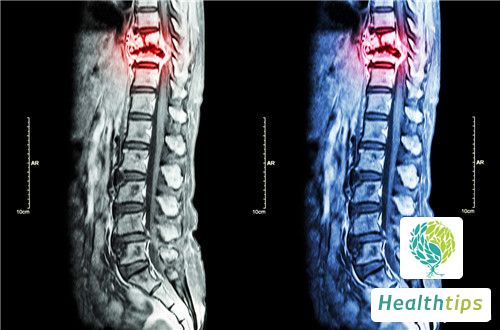Scoliosis should be promptly diagnosed and treated in the early stages, as early treatment is the most critical step in the treatment process. To achieve more effective treatment for scoliosis, it is important to determine the specific type and then carry out targeted treatment. Regular exercises such as lying flat, lying down, and kneeling can be helpful, as well as swimming and jogging.

There are several types of exercises for scoliosis:
1. Lying flat prone type I: The patient lies down, and the assistant fixes and presses down on the iliac crest. The patient then extends their right arm to touch the knee joint while extending the left arm forward over the head to stretch the muscles on both sides.
2. Lying flat prone type II: The patient lies prone, and the assistant fixes and presses down on the iliac crest. The patient then holds the back of their head with both hands and slightly raises their head and chest, bending their body to the right.
3. Lying flat prone type III: The patient lies prone, and the assistant holds the patient's thighs slightly raised while the patient grasps the edge of the bed to stabilize their chest. The patient then bends their body to the left.
4. Kneeling type I: The patient kneels on their heels, leans forward onto the floor, and presses their abdomen against their thighs. The patient then stretches forward as far as possible, extending their arms forward.
In summary, scoliosis is a condition that can be caused by various factors, each with its unique characteristics. Effective treatment requires identifying the specific type and carrying out targeted treatment. Severe scoliosis can affect the growth and development of infants, children, and adolescents, causing deformities and potentially affecting cardiopulmonary function and even spinal cord function, leading to paralysis. Mild scoliosis may be observed, while severe cases may require surgical treatment. Prevention is key, and school-age children should maintain correct posture, strengthen their back, abdominal, iliac, and shoulder muscles. Mild scoliosis can often be self-corrected without treatment. However, for scoliosis caused by congenital factors, there are currently no effective preventive measures, and early detection, diagnosis, and treatment are crucial.

